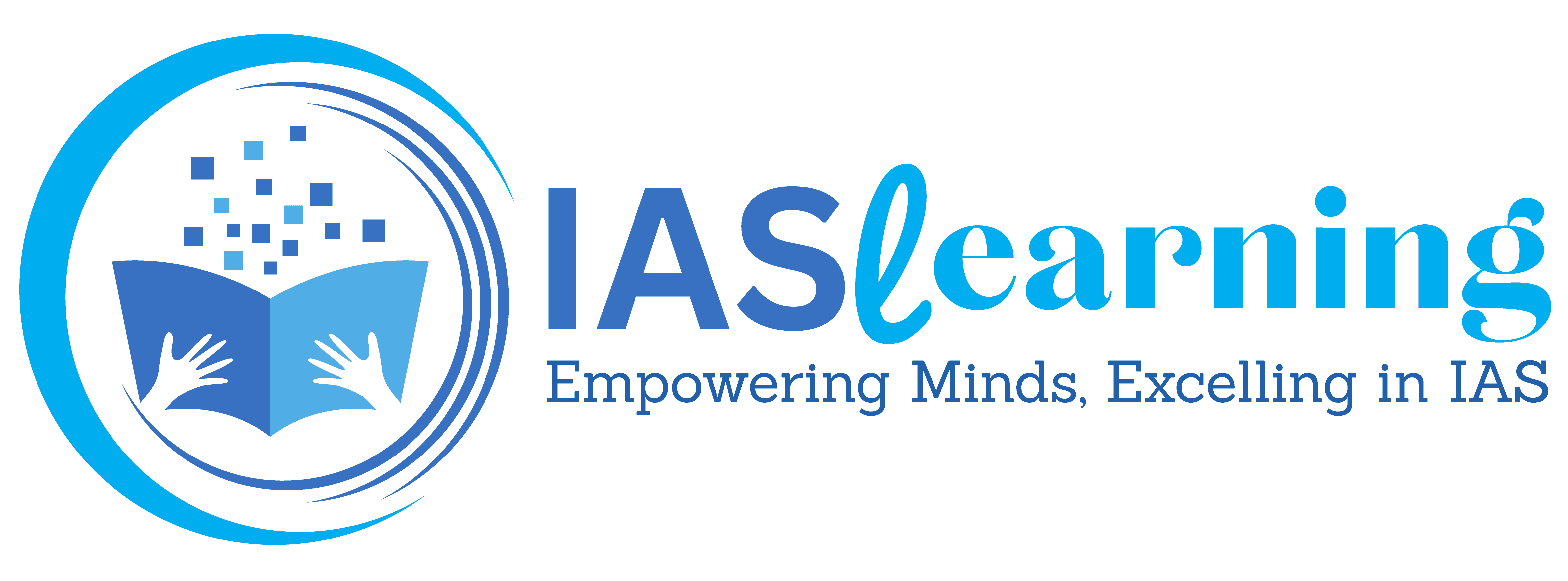The Power of Proofreading Tools for Writers
Writing is a meticulous craft that demands precision and attention to detail. Even the most eloquent and insightful ideas can be overshadowed by grammatical errors, spelling mistakes, or unclear phrasing. This is where proofreading tools come to the rescue, offering writers a technological edge in refining their work. In this article, we will explore the significance of proofreading tools, their features, and how they contribute to enhancing the overall quality of written content.
- Automated Grammar and Spell Checkers:
One of the most basic yet crucial functions of proofreading tools is the identification and correction of grammar and spelling errors. Tools like Grammarly, Microsoft Word’s built-in spell checker, and ProWritingAid utilize advanced algorithms to analyze written content and highlight potential issues. These tools not only catch common mistakes but also offer suggestions for improving sentence structure, word choice, and overall readability.
- Style and Consistency Checks:
Maintaining a consistent writing style throughout a piece is essential for readability. Proofreading tools often include features that check for consistency in writing style, tone, and formatting. For instance, they can flag instances where a writer alternates between American and British English or point out inconsistencies in punctuation usage. This ensures a cohesive and polished final product.
- Plagiarism Detection:
Originality is paramount in the world of writing, and plagiarism can tarnish a writer’s reputation. Proofreading tools equipped with plagiarism detection features, such as Turnitin and Grammarly, scan the content against a vast database of academic papers, articles, and online content to identify any instances of unoriginal text. This not only helps writers maintain integrity but also protects them from unintentional plagiarism.
- Readability Analysis:
Understanding the readability of a piece is essential, especially if the target audience varies in reading proficiency. Proofreading tools often include readability analysis features that assess the complexity of sentences, choice of vocabulary, and overall readability level. By providing readability scores and suggestions for improvement, these tools help writers tailor their content to the intended audience.
- Consistent Tone and Voice:
Maintaining a consistent tone and voice is crucial for creating a cohesive narrative. Some proofreading tools, like Acrolinx, analyze content to ensure that the chosen tone aligns with the intended message and target audience. This feature is particularly valuable for writers working on projects with specific brand guidelines or those aiming to convey a consistent voice across various pieces of content.
- Advanced Editing Suggestions:
Beyond basic grammar and spelling checks, some proofreading tools offer advanced editing suggestions to help writers refine their writing style. These suggestions may include improvements in sentence structure, word choice, and the elimination of redundant phrases. By offering nuanced feedback, these tools empower writers to elevate their writing to a more professional and polished level.
- Real-Time Editing and Collaboration:
In a world where collaboration often extends beyond physical boundaries, real-time editing and collaboration features have become increasingly important. Tools like Google Docs and Dropbox Paper allow multiple users to edit a document simultaneously, with changes tracked in real-time. This facilitates seamless collaboration among writers, editors, and other stakeholders, ensuring that everyone is on the same page during the editing process.
- User-Friendly Interfaces:
While the capabilities of proofreading tools are crucial, user experience plays a significant role in their effectiveness. Many modern proofreading tools feature intuitive interfaces that make the editing process user-friendly. Writers can easily navigate through suggestions, accept or reject changes, and customize settings to suit their preferences. A user-friendly interface contributes to a smoother editing workflow, saving writers time and minimizing frustration.
Conclusion:
In the dynamic landscape of writing, where content is king, the role of proofreading tools cannot be overstated. These tools serve as indispensable companions for writers, offering a range of features that go beyond simple grammar and spell checks. From ensuring consistency in style and tone to detecting plagiarism and providing advanced editing suggestions, proofreading tools contribute to the overall quality and professionalism of written content. Embracing these technological aids allows writers to focus more on the creative aspects of their work, confident that their final product will be a polished and error-free masterpiece.




